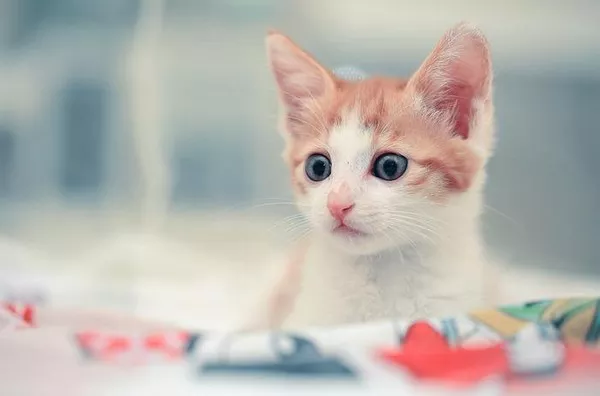Choosing the right food for feline companions can be a daunting task for cat owners, considering the myriad options available. The type of food directly influences a cat’s health, well-being, and overall quality of life, making informed decisions crucial.
Dr. Audrey Cook, a professor at the Texas A&M School of Veterinary Medicine and Biomedical Sciences, sheds light on the factors owners should consider when selecting between wet and dry cat food. She underscores the importance of meeting nutritional needs regardless of the chosen food type.
Health Benefits
One of the pivotal factors in deciding cat food is the impact on feline health. Dr. Cook highlights the advantages of wet food, particularly its role in managing and improving urinary health. With higher moisture content, wet food proves beneficial for cats, known for their inadequate water intake, thereby reducing the risk of urinary tract issues.
“Wet foods are often less energy-dense,” Dr. Cook explains. This characteristic makes them a suitable choice for cats needing weight management, as the increased volume required for equivalent calories can contribute to a feeling of fullness.
Despite these benefits, Dr. Cook suggests that incorporating dry food aligns more closely with a cat’s natural eating habits, allowing for multiple small meals throughout the day.
“Cats are designed to eat about 12-20 times in a 24-hour period,” she notes. To address this, a combination of wet and dry food can be effective, offering both hydration and adherence to feline feeding patterns.
Nutritional Needs and Preferences
Before delving into the wet versus dry debate, Dr. Cook emphasizes the paramount importance of prioritizing the nutritional value of cat food. Rather than fixating on the type, she recommends opting for a reputable brand, as the quality of both wet and dry pet foods varies significantly based on ingredients and formulation.
“Feeding various flavors and brands from kittenhood onwards can be useful,” Dr. Cook advises, promoting dietary diversity to prevent cats from becoming too selective. Considering a cat’s preferences, such as texture and flavor, is crucial to ensure they consume various high-quality foods.
Owners are urged to consult their veterinarians regarding food options and potential issues, especially if a cat shows reluctance to eat. Dr. Cook emphasizes the importance of distinguishing between a cat not eating due to medical issues or personal preference, advocating for a well-balanced and nutritious diet for overall feline health and well-being.
Understanding the nuances between wet and dry cat food empowers owners to make informed decisions, ultimately contributing to the health and happiness of their feline companions.



























